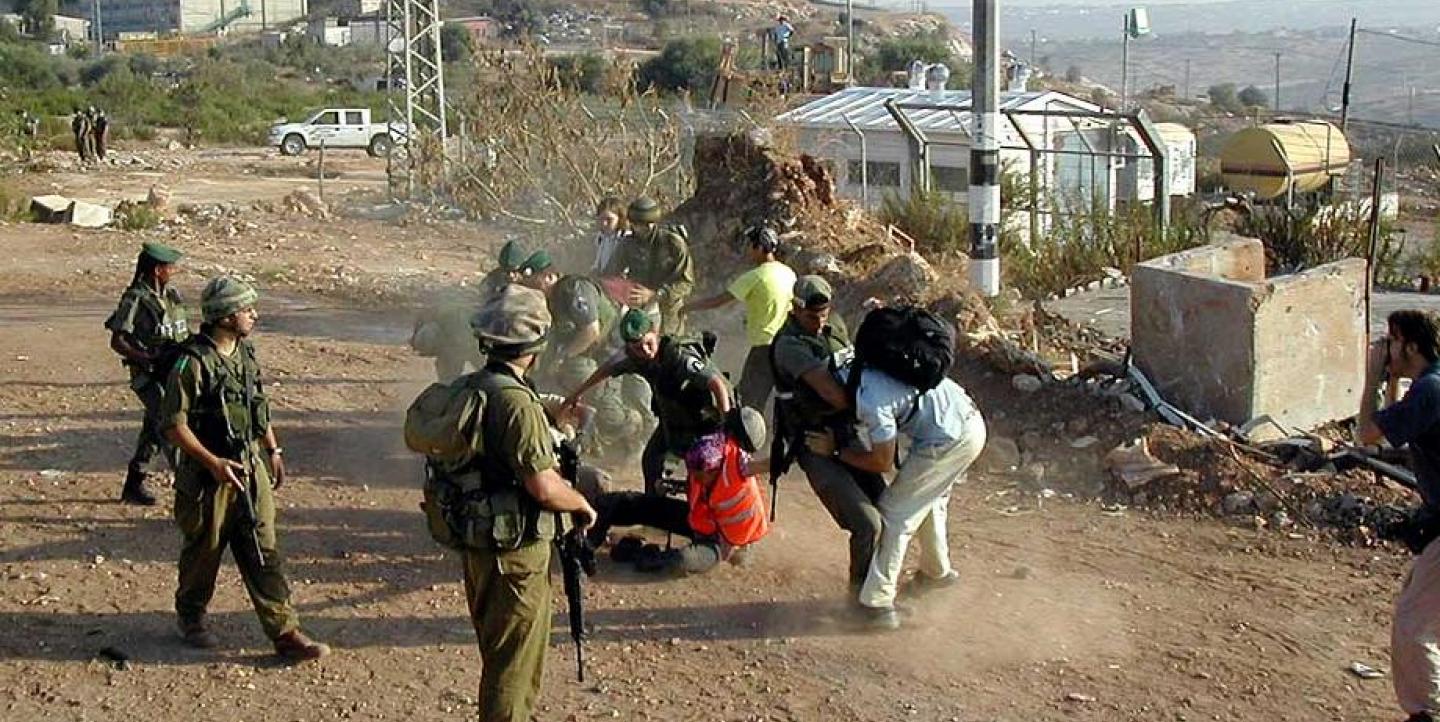For many reporters and photographers, it’s pretty common to get the following assignment from their editors: Go cover a street protest, get pictures and video, look out for clashes between police and demonstrators…and be careful.
If this sounds familiar, it’s probably because the recent events in Ferguson, Missouri, have reminded us of the dangers of covering demonstrations on the streets, as reporters have been attacked or arrested during the protests sparked by the police shooting of an unarmed teen.
But for reporters in many countries, such attacks have become routine. Almost three dozen journalists in Mexico City have experienced this first-hand covering nine protests during the past two years. Instead of covering the news, the reporters ended up being the news. They were harassed, injured, arrested, and their equipment was destroyed or stolen.
In the wake of Ferguson, several posts on social networks have asked if there’s a way to track and document the attacks against journalists there. If there were, it would probably look something like the Periodistas en Riesgo (Journalists at Risk) map of Mexico, a project by the International Center for Journalists (ICFJ) and Freedom House that registers attacks against journalists in the country. (I oversee the map, which was launched by ICFJ’s Jorge Luis Sierra, as part of my ICFJ Knight International Journalism Fellowship.)
The data in the map, collected since December 2012, can be broken down by place, type of attack or type of aggressor. One of the most revealing stories the map has documented is that Mexico City exemplifies what happens when newsrooms send reporters to cover street protests without first training staff in safety protocols and first aid.
Attacks on journalists covering demonstrations in Mexico City are the most frequent type of aggression against the press in the country. Thirty-four journalists have been attacked while reporting on street protests. The number represents 19 percent of the 179 aggressions the map has so far documented nationwide. The attacks involve beatings, theft of cameras or mobile devices, eviction from the protest, and in some cases, illegal detention and indictments for “disturbing the peace.”
The map shows that Mexico City’s police force is the most frequent “hostile agent” against journalists in the city. According to our data, police officers were responsible for 23 of the 34 attacks, with two more coming from the Mexican president’s military guard. Nine attacks were carried out by protesters or provocateurs during street demonstrations, while police officers stood idly by.
Using patterns in the data to create safety guidelines
Not only can the map help us track and document aggressions against journalists, its data can also help us find patterns and lessons that can be translated into safety guidelines, and it can be visualized with other tools such as Story Map. The visualization below gives us information about the types of protests where journalists are more likely to be attacked and what kind of dangers they should anticipate.
Newsrooms must provide safety training
In the case of Mexico City, the lesson is clear: Local journalists are too often sent to cover the protests without basic training in first aid or in how to work hostile environments.
Reporters go out to their assignments without a risk evaluation and without first assessing the situation on the ground so they know how to identify potential threats, locate the places where they can take cover, treat the injuries they or other colleagues may receive or contact the police commanders who are in charge of security and can intervene in the case of an attack.
It is unclear whether the Mexico City Department of Public Safety has protocols on police officers’ behavior toward journalists during demonstrations. What is clear is that news organizations in the city have not provided their reporters with security guidelines to follow in this type of coverage, or prepared them with first-aid and hostile environment training. The map shows us that they urgently need to address this shortcoming, perhaps by setting up safety workshops and drafting security protocols.
The same type of data analysis we’re doing in Mexico City could be applied to other cities where journalists face different types of aggression, be it physical, psychological or digital. When the circumstances on the ground change, newsrooms and journalists can turn to a tool like the Journalists at Risk map, where the reports registered in its database can be filtered by location, type of attack, or type of aggressor. This will allow them to get a better diagnosis of the dangers in their own regions and plan their safety measures according to the most common threats.
Javier Garza is an ICFJ Knight International Journalism Fellow based in Mexico City. He focuses on digital security for journalists.
Global media innovation content related to the projects and partners of the Knight Fellowships on IJNet is supported by the John S. and James L. Knight Foundation and edited by Jennifer Dorroh.
Photo courtesy of Flickr user ³ok_qa³ Ahmed with a Creative Commons license.

